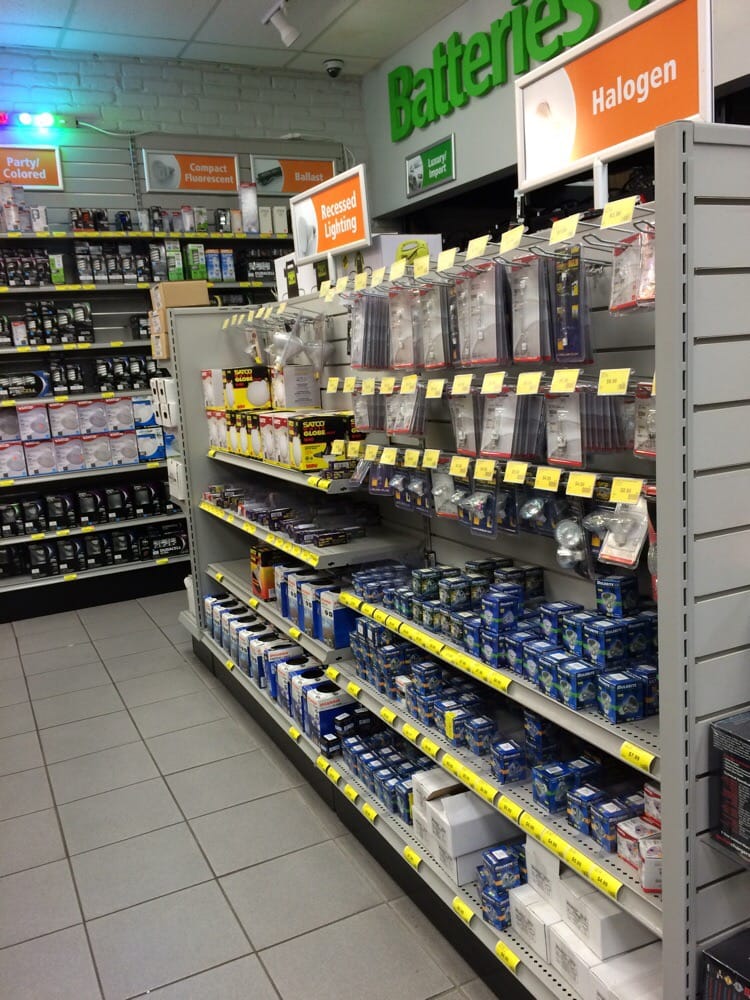

Charge can either enter the ribbed edge, make the pathway through the filament and exit out the bottom base or it can enter the bottom base, make the pathway through the filament and exit out the ribbed edge. The only pathway by which charge can make it from the ribbed edge to the bottom base or vice versa is the pathway that includes the wires and the filament.

The ribbed edge and the bottom base are separated by an insulating material that prevents the direct flow of charge between the bottom base and the ribbed edge. The other wire is connected to the bottom base of the light bulb. One wire is connected to the ribbed sides of the light bulbs. The wires and the filament are conducting materials that allow charge to flow through them. Often a short light bulb anatomy lesson prompts the lab groups into a quick discovery of one or more of the remaining arrangements.Ī light bulb is a relatively simple device consisting of a filament resting upon or somehow attached to two wires. But then the question emerges as to what other ways that the cell, bulb and bare wire can be arranged in such a manner as to light the bulb.

Once one group of students successfully lights the bulb, many other lab groups quickly follow suit. CAUTION: Attempt E will cause your fingers to get hot as you hold the bare wire and charge begins to flow at a high rate between the positive and negative terminals. And in attempt E, there is a loop and it does go from positive terminal to negative terminal this is a circuit but the light bulb is not included as part of it. Attempt D resembles attempt B in that there is a loop but not from the positive terminal to the negative terminal. In attempt C, there is no complete loop at all. In attempt B, the wire does form a loop but not back to the negative terminal of the cell. In attempt A, the wire does not loop back to the negative terminal of the cell. Compare the arrangement of the cell, bulb and wire at the right to the unsuccessful arrangements shown above. A circuit exists and charge flows along the complete conducting path, lighting the bulb in the process. A complete conducting loop is made with the light bulb being part of the loop. As shown in the diagram at the right, the base of the light bulb connects to the positive terminal of the cell and the wire extends from the ribbed sides of the light bulb down to the negative terminal of the cell. Unlike the above attempts, the first successful attempt is characterized by the production of a complete conducting loop from the positive terminal to the negative terminal, with both the battery and the light bulb being part of the loop. The following arrangements are often tried and do not result in the lighting of the bulb.Īfter a few minutes of trying, several healthy chuckles, and an occasional exclamation of how hot the wire is getting, a couple of students become successful at lighting the bulb.
Bulb and battery store full#
When this activity is performed in the physics classroom, there are numerous observations that can be made by watching a class full of students eager to find the four arrangements.

Like many lab activities, there is power in the actual engagement in the activity that cannot be replaced by simply reading about it. The activity itself is a worthwhile activity and if not performed before, one ought to try it before reading further. What four arrangements would result in the successful lighting of the bulb? And more importantly, what does each of the four arrangements have in common that would lead us into an understanding of the two requirements of an electric circuit? Suppose that you were given a small light bulb, an electrochemical cell and a bare copper wire and were asked to find the four different arrangements of the three items that would result in the formation of an electric circuit that would light the bulb.


 0 kommentar(er)
0 kommentar(er)
